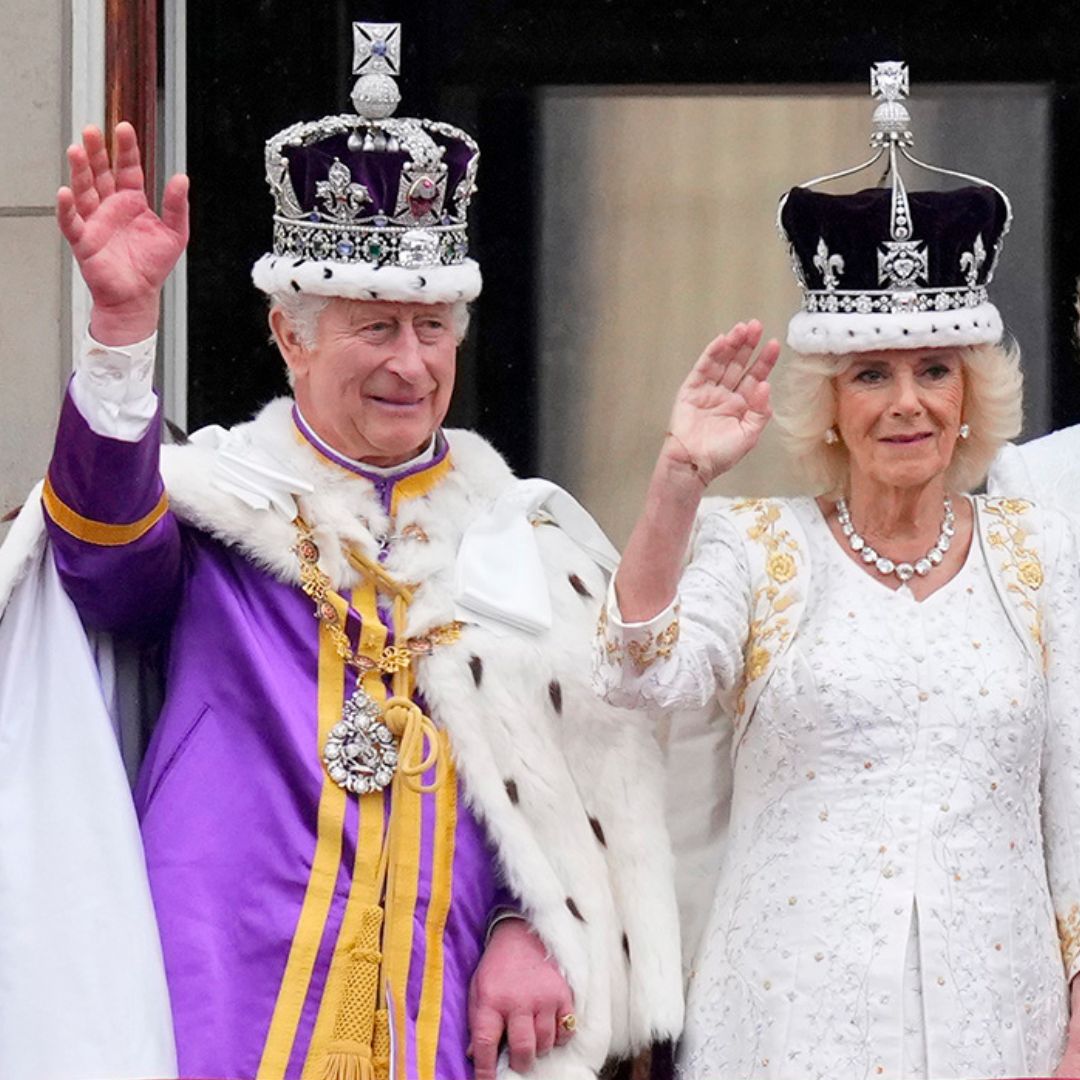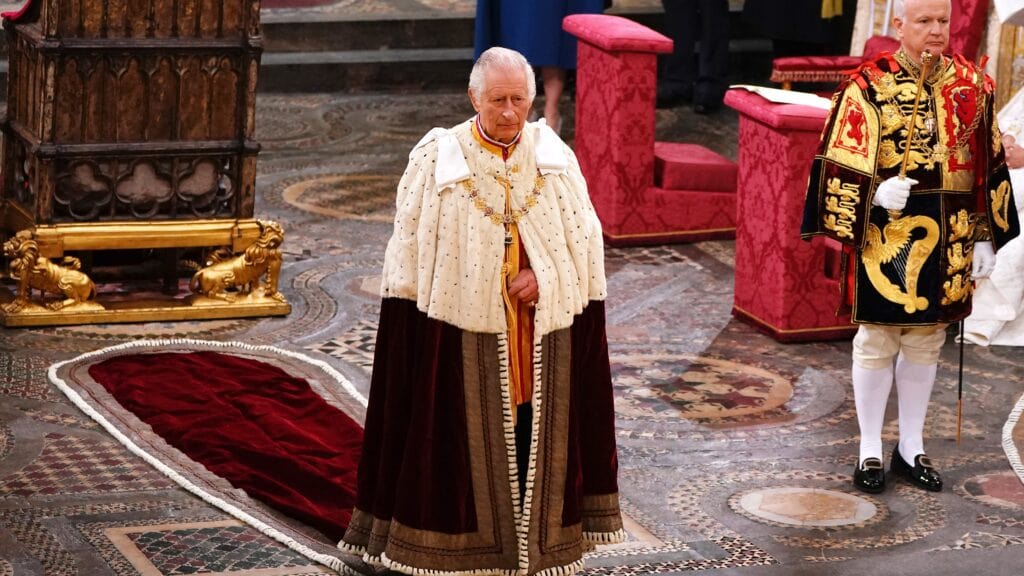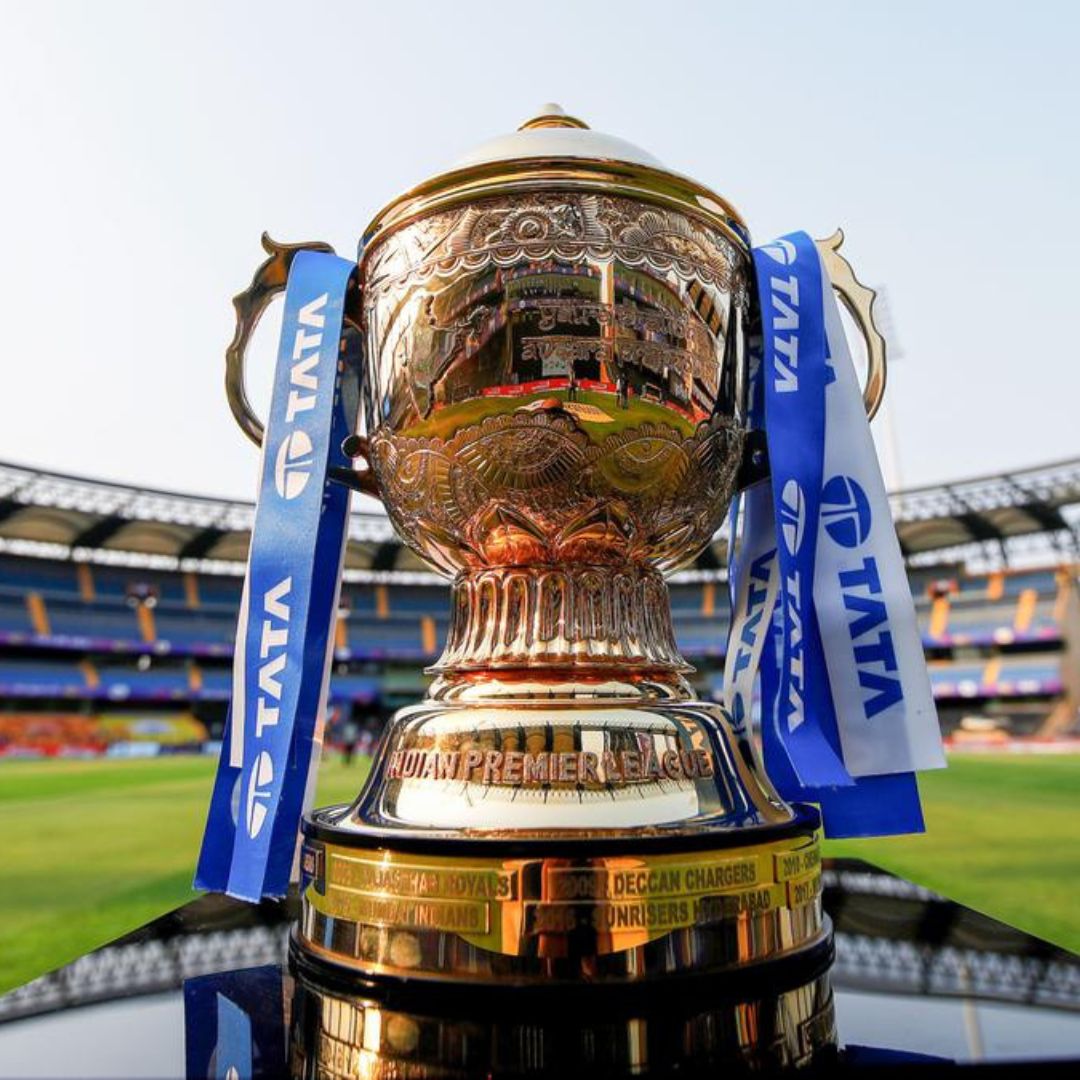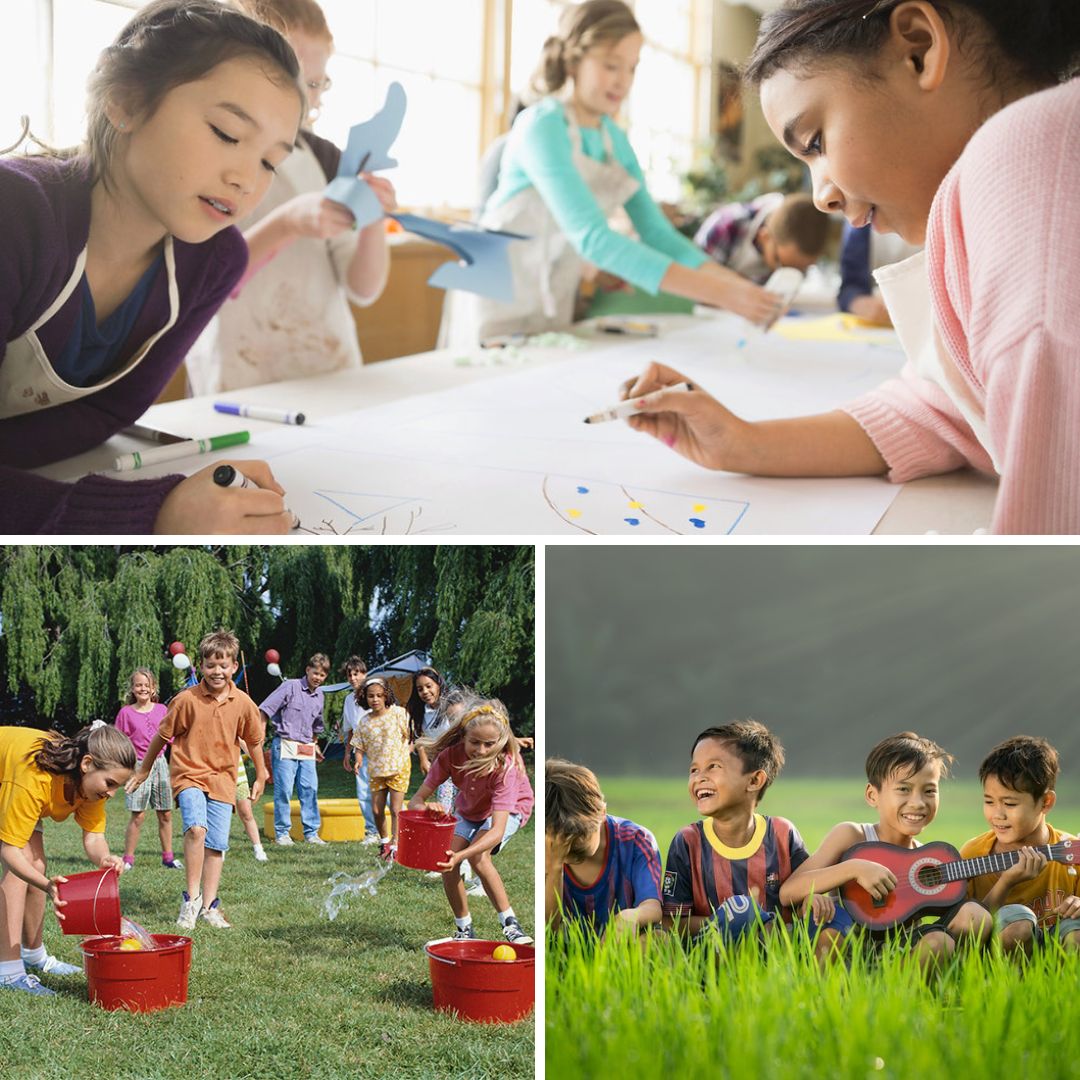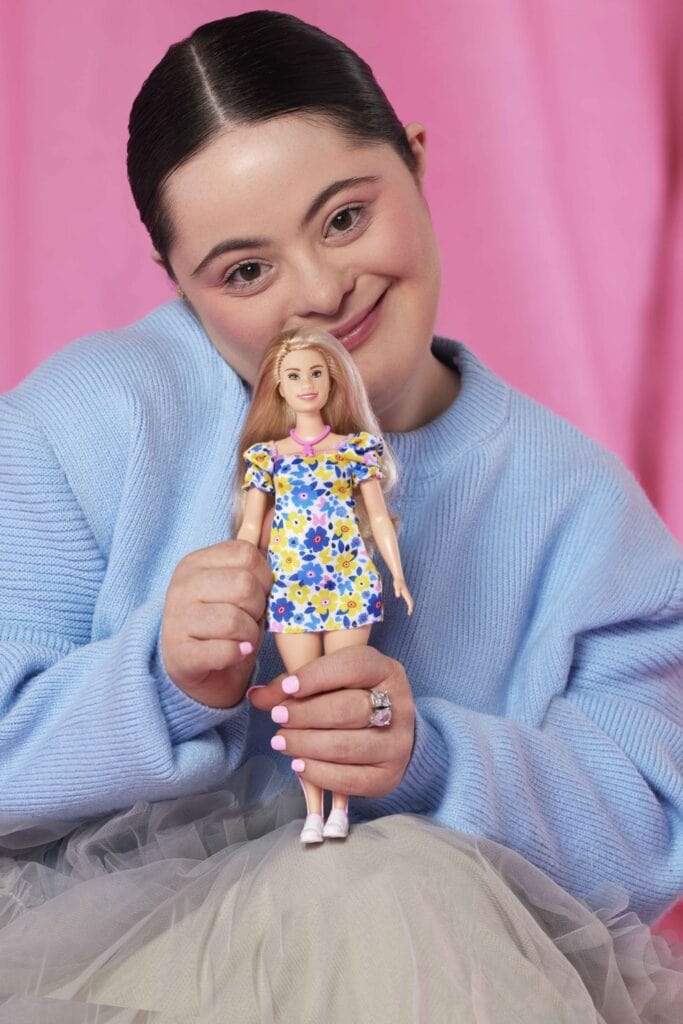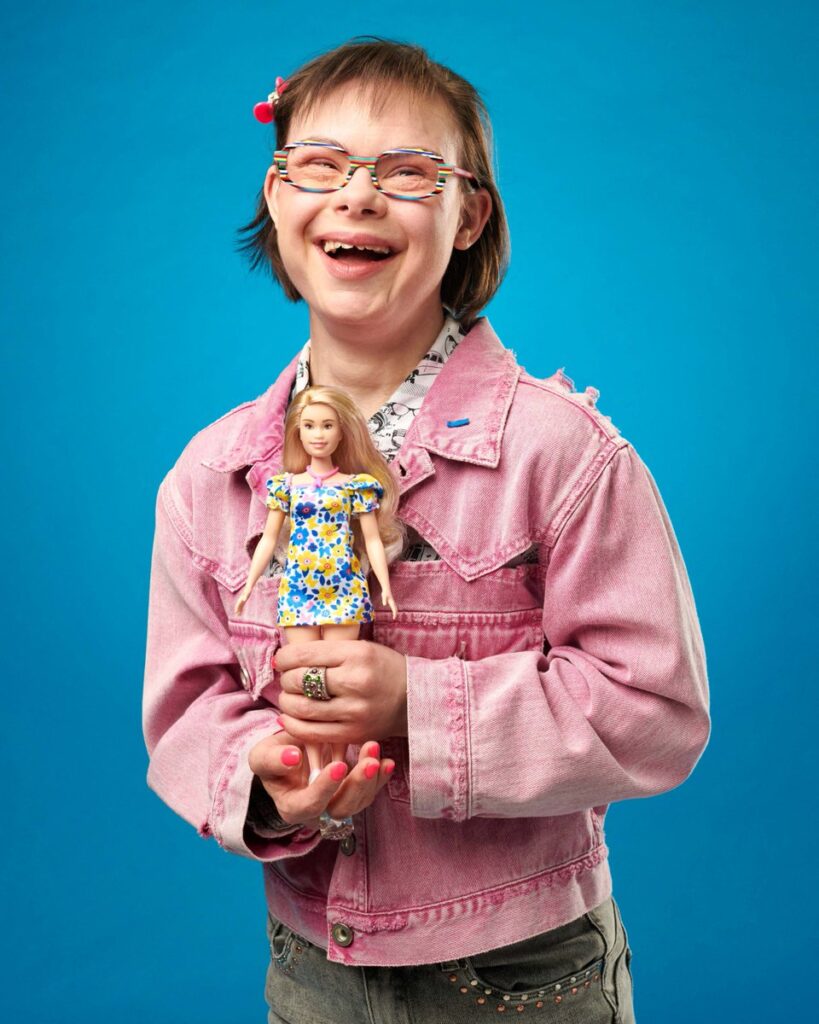Mother’s Day will be celebrated this year on the 14th of May. Mother’s Day is a special day we dedicate to our mothers for all the love they shower us with.
There are many different types of mothers, each with their own characteristics and relationships. They can be honoured on this important day even if they did not give birth to you. Foster mothers, aunts, mom’s friends, sisters—any woman who raised you as a child, stood by you as a moody adolescent, and occasionally lends you her shoulder to weep on—these women are your mother figures.
Also checkout, ORIGINS OF INTERNATIONAL WOMEN’S DAY
Here is a look at the history of the origins of Mother’s Day:
Ancient Origin of Mother’s Day
Ancient Greeks and Romans celebrated the mother goddesses with festivals, which is where Mother’s Day got its start. ‘Cybele’ and ‘Rhea’, goddesses were known by the Greeks as “Metre Theon” because they were regarded as “The Mother of Gods” by them.

Ancient Romans celebrated a spring festival called ‘Hilaria’, honouring ‘Cybele’, a mother goddess. These ceremonies in honour of Cybele began around 250 years before Christ was born. On the “Ides of March,” a celebration was held by making offerings in the Cybele temple. These offerings and celebrations lasted for three days and included parades, games and masquerades. The celebrations were so notorious that the followers of Cybele were banished from Rome.
The British Origins of Mother’s Day
Mother’s Day’s more recent origins began in England in the 1600s. Every year on the fourth Sunday of Lent, which is the 40-day period before Easter, mothers in this area were honoured. Children brought gifts and flowers to honour their own mothers after a church prayer service in honour of the Virgin Mary.
Employers urged their servants, apprentices, and other workers who were away from home on this special day to honour their moms by paying them a visit. Children used to bring gifts and a special fruit cake or fruit-filled pastry known as a simnel with them.
By the 19th century, Mother’s Day celebrations had all but disappeared. However, following World War II, American servicemen brought the tradition and commercial organisations embraced the holiday as a sales opportunity, the day began to be observed once more.

The Recent Origin of Mother’s Day
Mother’s Day was created by Anna Jarvis of Philadelphia, whose mother had founded women’s organisations to encourage friendship and wellness. She held a memorial service at the Grafton, West Virginia, church of her deceased mother on May 12, 1907. Within five years, almost all states observed the day, and Woodrow Wilson, the then president of the United States, declared it a national holiday in 1914.

Even though Jarvis advocated wearing a white carnation as a tribute to one’s mother, the tradition of wearing a red or pink carnation to symbolise a mother who is still alive or a white carnation to commemorate a mother who has passed away emerged. With time, the day grew to include other people who took on maternal roles, like grandmothers and aunts. However, what had initially been essentially a day of honour evolved into being connected with sending greeting cards and buying gifts, and in protest over its commercialization, Jarvis spent the final years of her life attempting to ban the holiday she had created.
Mother’s Day Around The World
Today Mothers Day is celebrated in several countries like the US, UK, India, Denmark, Finland, Italy, Turkey, Australia, Mexico, Canada, China, Japan and Belgium.

The dates and times of Mother’s Day vary from country to country. Following the official Mother’s Day date of the second Sunday in May specified by the UN. Others have their own customary occasions, cultures and gatherings that are now known as Mother’s Day. Even though they have a different cultural origin, people may refer to these festivals as “Mother’s Day” throughout the world. There are several customs associated with these occasions, such as International Women’s Day.
Click here to know more about the origins of International Women’s Day.
Dates of Mother’s Day Around The World

Also know about, FIFA WORLD CUP 2022


